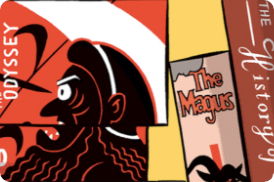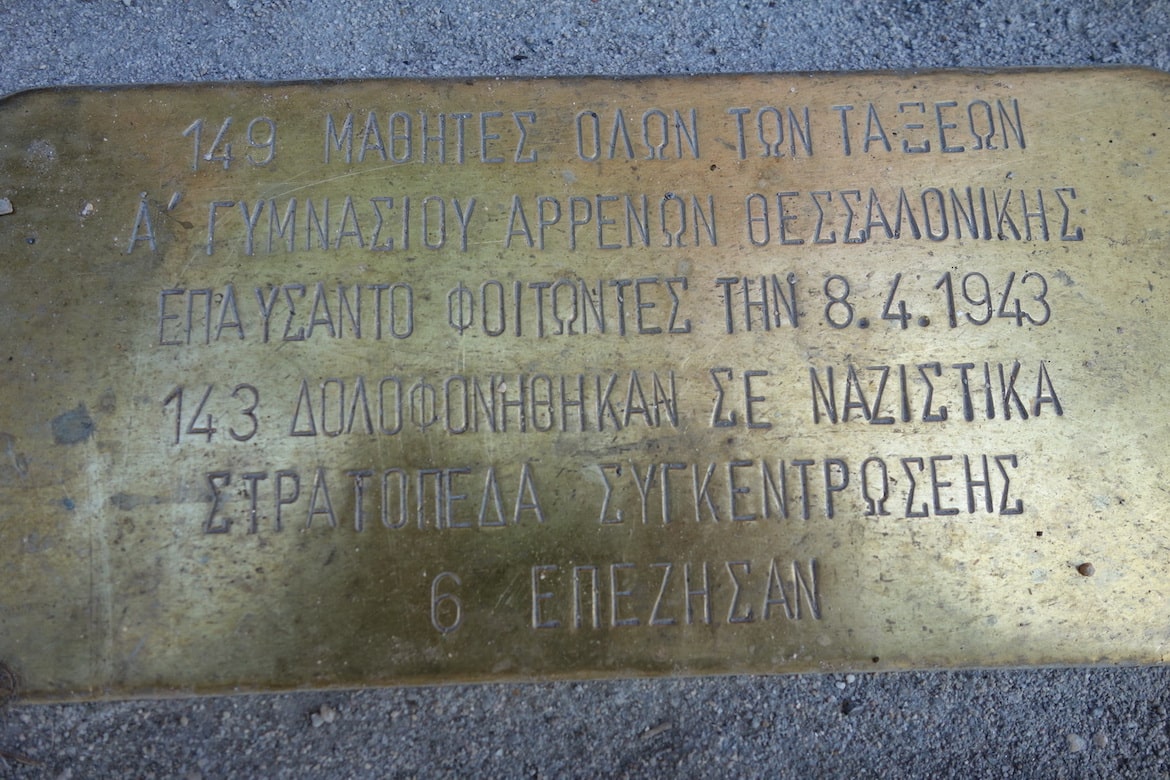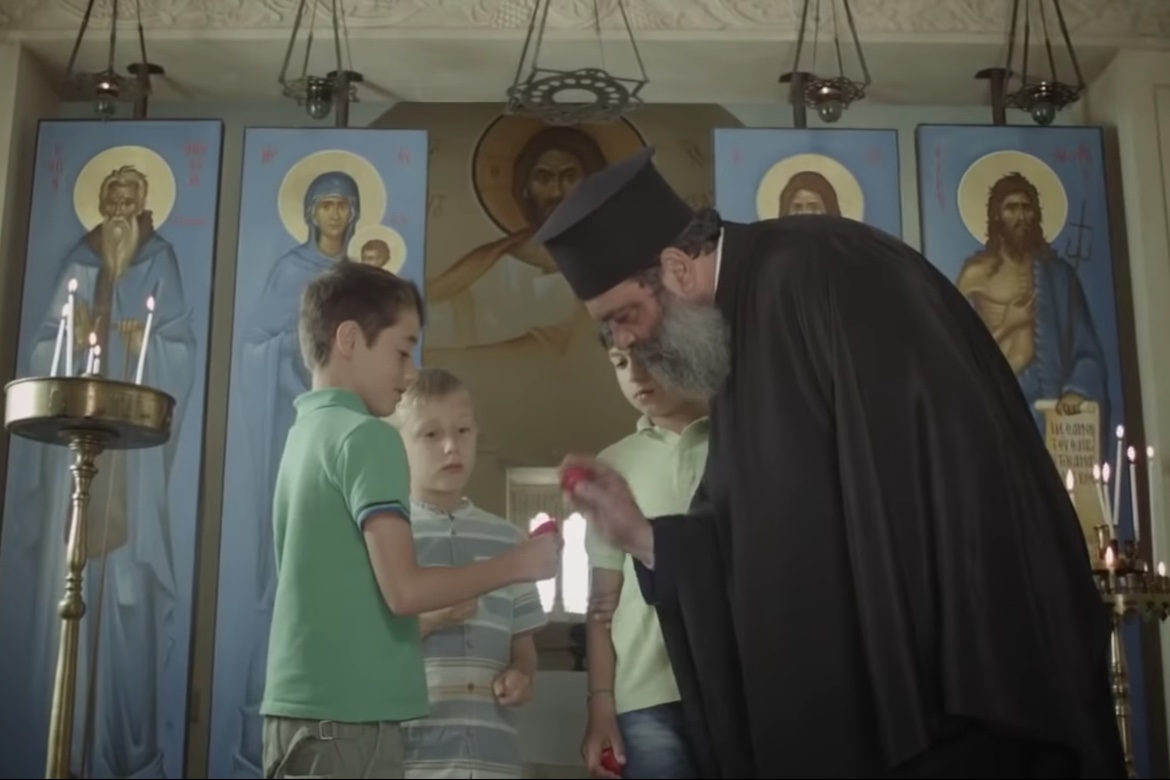Thessaloniki has imported a tradition from Germany where locals embed plaques into pavement near homes and places of businesses to memorialize victims of Nazi death camps during World War II.
The brass bricks known as “Stolperstein” or “stumbling stones” are the brainchild of a Berlin-based artist named Gunter Demnig, who wanted to ensure that the memory of millions of Jews who perished in the Holocaust went beyond national memorials and museums.
Demnig conceived the idea to preserve victims’ memories at the very places where they lived, worked, worshipped and even studied.
In Greece, one of those places is outside the First Boys High School of Thessaloniki.
On April 8, 1943, the school had lost 143 of its students who were deported to Auschwitz, along with thousands of other residents from the city’s Jewish community. Including six students who later survived captivity in Auschwitz, the school’s total number of victims reached 149.
In September 2015, the first 81 of 149 “stumbling stones” were placed at the entrance of the school. The remaining 68 were installed in May 2019. The plaques include the victims’ names, date of birth and the date of their deportation to a Nazi camp or date of death (if known).
The main plaque, featured in the image at the top of this article, reads as follows (translated from Greek).
“One hundred and forty nine students from all classes of the First Boys High School of Thessaloniki. They stopped attending on April 4, 1943. One hundred and forty three were murdered in Nazi concentration camps. Six survived.”
Over the years, artists have placed more than 54,000 “Stolperstein” in streets and sidewalks of more than 500 European cities affected by the Holocaust.


















